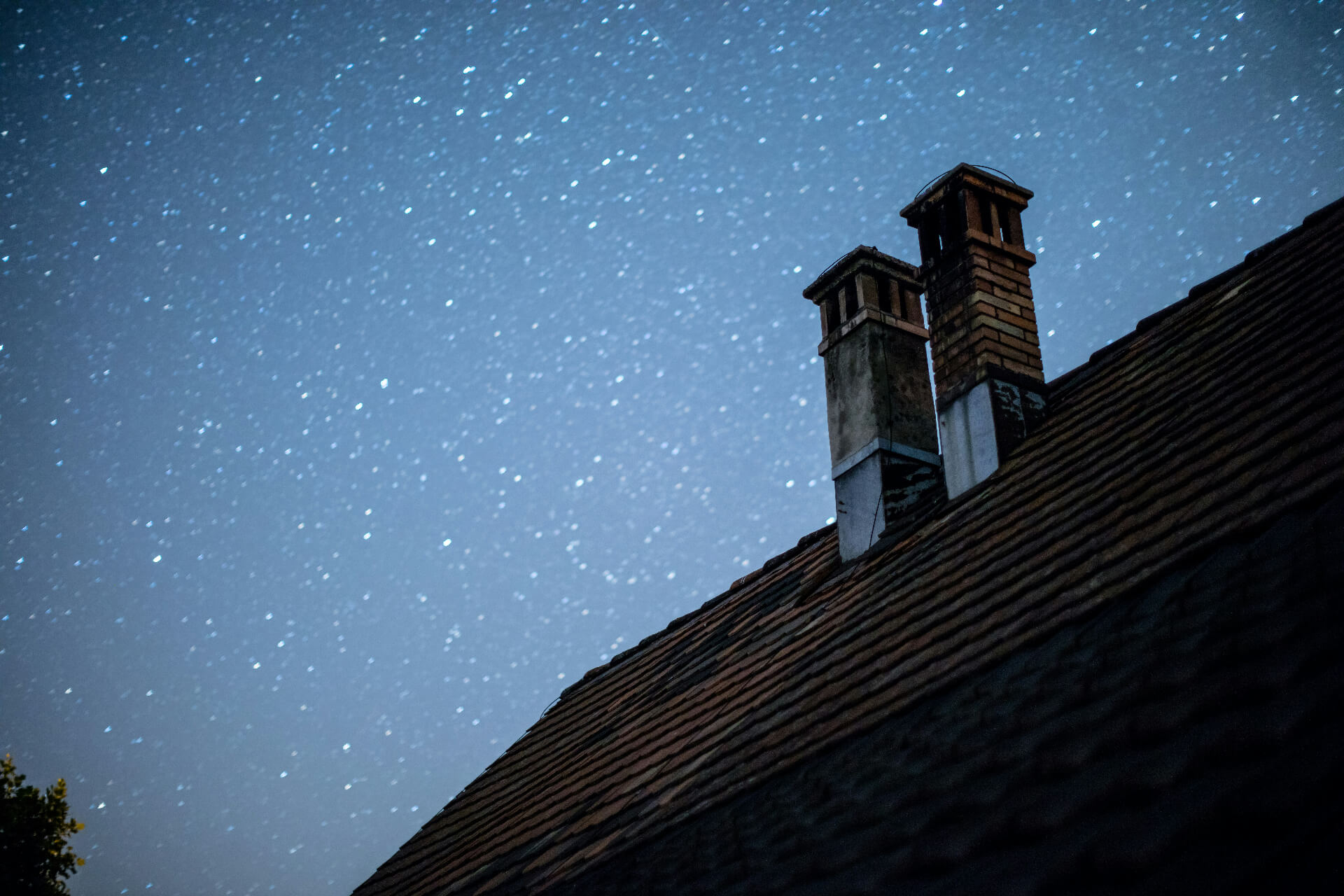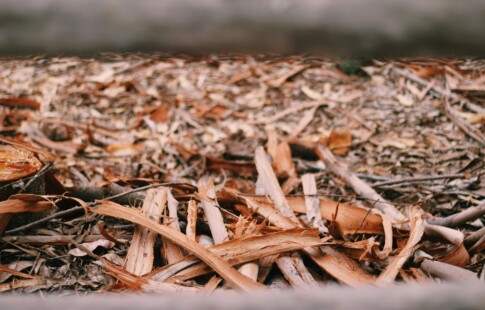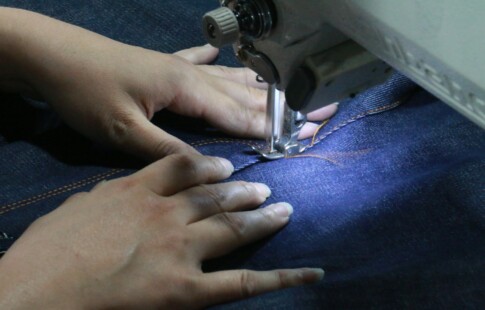
Sweeping Up Appearances: Chimney Cleaning Frequency, Tools, and Strategies
We are reader-supported. When you buy through links on our site, we may earn affiliate commission.
If you want to create the cozy vibes a fireplace promises, you’ll need to clean it. Chimney cleaning is a critical responsibility if you plan to use it for fires. It is important for safety and for environmental protection to maintain it well. Is this a project you can DIY, or should you reach out to a professional? If you can help the cause, what chimney cleaning equipment do you need to get started?
Can You Clean Your Own Chimney?
You can clean your chimney DIY-style. However, it requires preparation, the right tools, and some education before you dive in. If you have any reservations, you can always reach out to local certified professionals, who may be willing to teach you a thing or two about maintenance and chimney cleaning frequency.
These are the most important things to know before cleaning your own chimney:
- People with zero experience may want to defer to a professional for safety reasons.
- You may be working at heights, using ladders or being on your roof.
- Abide by local regulations and building codes. Some areas require certifications for chimney sweeps.
- Know what kind of chimney you have before cleaning to make sure you don’t damage it, such as wood-burning or gas.
What Chimney Cleaning Tools Do You Need?
If you feel confident in doing this yourself, what should you equip yourself with?
1. Chimney Brush
This is not a regular brush. These are specially designed to fit in a chimney flue with no resistance. The bristles are also extremely durable and sturdy, so they shouldn’t break off even if there is soot caked throughout the chimney.
2. Extension Rods
Use extension rods to lengthen your chimney brush. You might be able to reach the top and bottom of your chimney from one spot if the poles are long enough.
3. Drop Cloths or Tarps
You don’t need a special tarp or drop cloth for chimneys — any will do. This should protect your floor from debris. Plus, you can repurpose them later if you have an art project or home renovation to do.
4. Shop Vac
Whether you’re an amateur or professional, there is going to be some degree of mess. A powerful vacuum cleaner with a HEPA filter will make any cleaning zone look brand new again. You may also want to pair this with some air purifiers and other ventilation to make sure particles don’t fly all over the place. Dust and soot reduction is critical for a comfortable cleaning experience.
5. Safety Gear
Safety gear is included but not limited to:
- Gloves
- Googles
- Dust masks
- Shoes with tread
- Safety mechanisms for ladders
For example, a respirator can make sure you don’t inhale toxic particles during the clean. Make sure you get one with clear credentials so you can trust it to keep you safe.
How Frequently Should You Clean Your Chimney?
Now that you have all the gear, how often do you have to use it? The National Fire Protection Association recommends a chimney cleaning frequency of once or twice per year — more frequently if you have a wood- or oil-burning setup.
1. Gather the Tools
If you collected everything from the list above, then you are already off to a great start.
2. Prepare the Area and Inspect the Chimney
Lay down your tarps, don your safety gear, and ready your brushes. Make sure you have adequate airflow that prevents dust collection but doesn’t encourage soot to fly all over the house. Additionally, you’ll want to see if there are any blockages, buildup, and even bird nests in unexpected places before you start messing around in the chimney. All heating appliances should be inspected yearly for safety.
3. Brush
You can access the chimney using a top-down method from the roof or a bottom-up method from the fireplace entry. Creosote buildup is common, so make sure you apply healthy amounts of pressure to break it down.
4. Vacuum Debris
You can’t clean the chimney without cleaning up after it. Clean the tarp and sweep up any debris. Check nearby surfaces, such as tables, shelves, and the mantle. You never know when stray soot could fly into unexpected places. It’s best to tackle it now before it finds its way throughout the house and into the air vents.
5. Schedule Regular Cleanings
Put it in your calendar to clean the chimney yourself once a year or reach out to a local company. You don’t want to forget, because not only is it a safety and environmental hazard, it makes the process more complicated if there is more buildup and neglect.
What Are the Environmental Benefits of Keeping the Chimney Clean?
You should prioritize cleaning your chimney if nothing else for the environment’s sake. Fireplaces are contentious already because of their impact on air pollution, but if you’re going to use one, these are the benefits cleaning will bring.
Reduced Air Pollution
This is the most obvious win. A clean flue won’t produce or spread around as many particulates that could get into habitats or hurt biodiversity.
Lower Greenhouse Gas Emissions (GHGs)
If you have a wood-burning fireplace, you will accumulate creosote buildup. Inefficient burning interacts with this to increase the amount of GHGs your fireplace usage creates.
Improved Energy Efficiency
You won’t have to use as many resources or burn fire as long if there is clear airflow. This saves energy and natural resources.
Fire Prevention
Unclean chimneys are more likely to start fires. In intense circumstances, severe damage can hurt nearby environments and wildlife. To prevent fires from spreading and causing lasting damage, keep your chimneys sparkling.
Clean Leads to Cozy
Fireplaces feel better when you know you’re not breathing in tons of air pollutants. This is what happens when you maintain chimney cleaning frequency. Even if you’re unsure of doing the dirty work yourself, there are small things you can do to help in between scheduled visits with a professional. If you’re gazing at your chimney and are afraid because it’s never been cleaned, you can start the process today.
Share on
Like what you read? Join other Environment.co readers!
Get the latest updates on our planet by subscribing to the Environment.co newsletter!
About the author

Jane Marsh
Starting from an early age, Jane Marsh loved all animals and became a budding environmentalist. Now, Jane works as the Editor-in-Chief of Environment.co where she covers topics related to climate policy, renewable energy, the food industry, and more.





